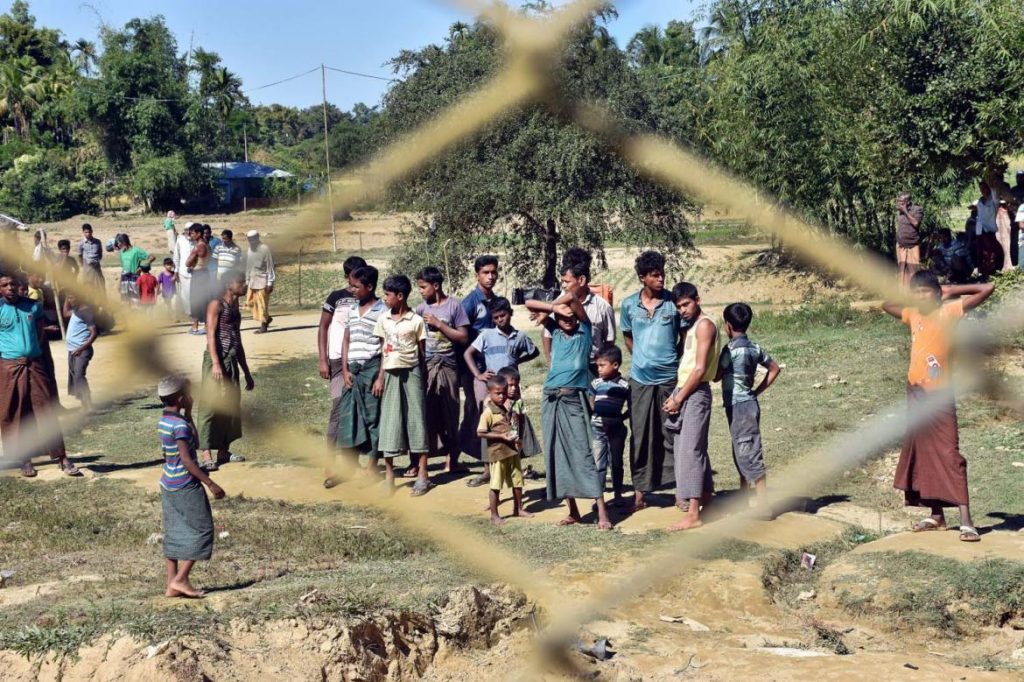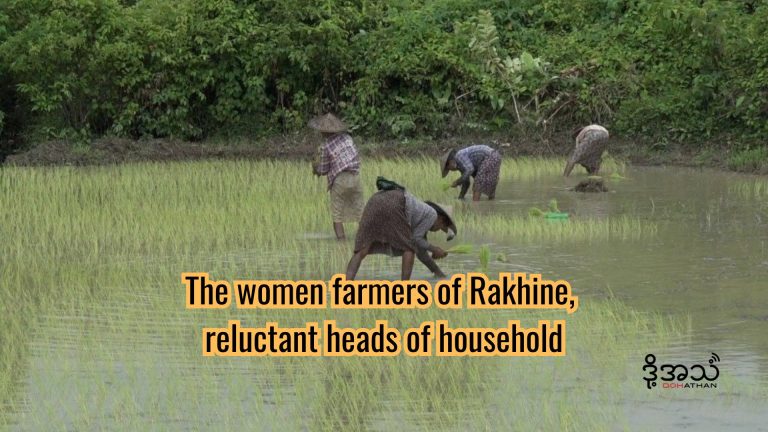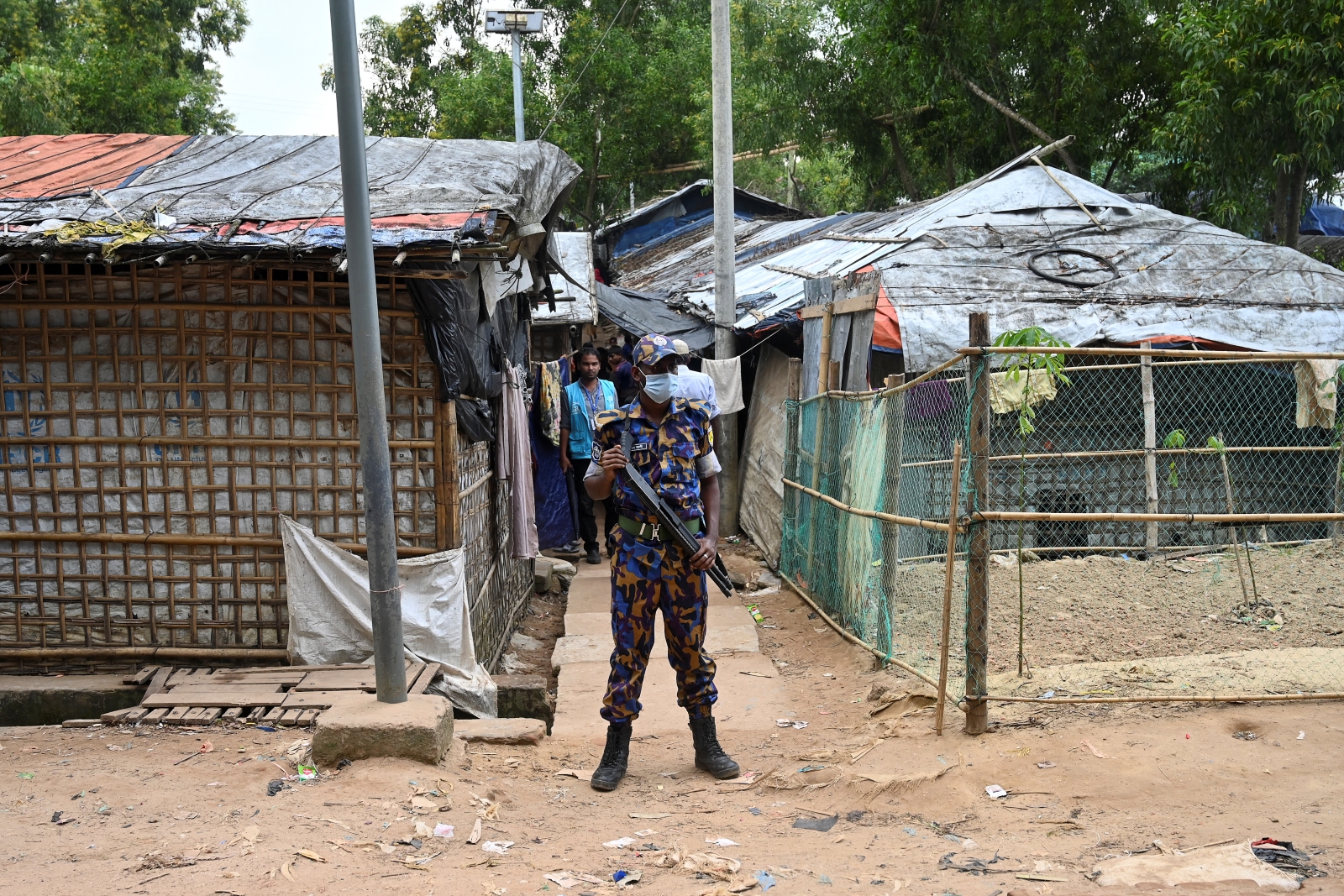The Myanmar government insists it is ready to receive Rohingya who want to return from camps in Bangladesh, but is it being sincere?
By SU MYAT MON | FRONTIER
THE MYANMAR government insists that it is ready to start welcoming back the hundreds of thousands of Rohingya refugees that have fled to Bangladesh since August last year, but the situation on the ground is unlikely to convince anyone, besides the government itself, that large-scale repatriation is currently feasible on a voluntary basis.
Neither is the situation in northern Rakhine secure or comfortable for the Muslim, Buddhist and Hindu communities that remain there. Mistrust between these different communities, and between many local residents and the government, remains severe. The building of transit camps, model villages and new roads is far from enough to reverse this situation.
It is essential that the government create a safe environment, not only with better infrastructure and access to improved livelihoods, but also with proper respect for the human rights of all those who live in the state. Until the root causes of the conflict are addressed, the parlous situation in Rakhine will prevail.
Currently, many of those in refugee camps in Bangladesh long to return to their homes – if they still exist – but are wary of how they might be treated if they come back.
Support more independent journalism like this. Sign up to be a Frontier member.
This fear is understandable. The United Nations has said the Tatmadaw should be put on trial for genocide as a result of a massive counter-insurgency operation in northern Rakhine that followed attacks by the Arakan Rohingya Salvation Army in August last year. Refugees fleeing to Bangladesh have told of extrajudicial killings, gang rapes, the slaughter of children and villages being set on fire.
The ordeals experienced by the refugees explain why they insist on being able to return voluntarily, safely and with dignity, and on being offered a reliable path to citizenship.
Myanmar and Bangladesh struck an initial agreement on repatriation in November last year. After many delays, and an increasingly bitter exchange of allegations from each side that the other had not been ready or sincere, the two countries reached a more concrete agreement to begin sending the refugees back on November 15. Yet, when the day came amid great fanfare, not a single refugee returned. Officials in both countries have since indicated they may try again in January.
The United Nations refugee agency, UNHCR, had warned in a statement on November 11 that conditions in Rakhine were not conducive for the voluntary, safe, dignified and sustainable return of refugees. The UNHCR said it remained committed to supporting Myanmar’s efforts to create such conditions under the terms of a memorandum of understanding signed by the government and UN agencies in June.
The preparations made in northern Rakhine for the return of refugees look to many observers like a superficial means for the Myanmar government to say it is doing something to help address the refugee crisis. They raise questions about whether Myanmar’s stated readiness to accept the return of the refugees is at all genuine.
A lasting solution to the situation in Rakhine will require addressing the prejudice and distrust that has poisoned relations between the Buddhist and Muslim communities and finding ways of bringing them together under peaceful, just conditions. Until then, the country as a whole will not be able to move forward.
During a government-arranged trip to Maungdaw from November 16 to 18, it was clear that, more than a year after the latest exodus of Rohingya to Bangladesh, the situation in northern Rakhine remains far from normal. It is not just the grim resettlement camps, it is the gamut of issues facing any refugees who return, including safety, the return of property and securing citizenship.
Local officials told Frontier that Maungdaw District currently has a population of nearly 400,000, about half the number who lived in the district before August 25 last year.
Despite the flop that resulted on November 15, Myanmar still maintains that it is 100 percent ready to receive returnees. However, everyone, from the Myanmar government to the refugees themselves, is likely facing a long wait.







